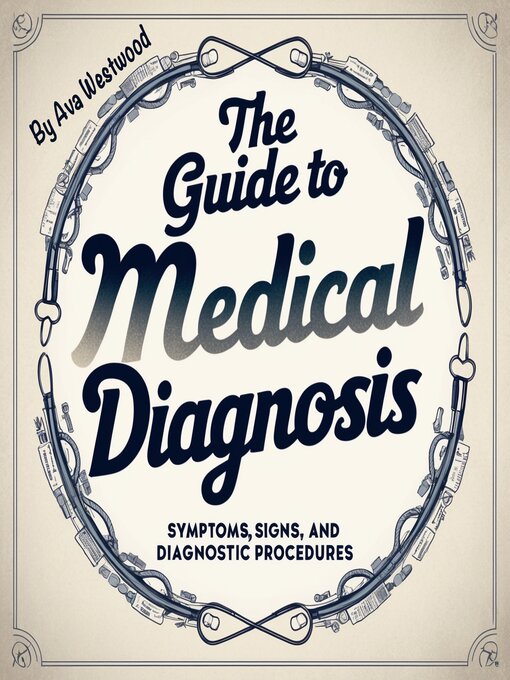In medical diagnosis, understanding symptoms and signs is fundamental to identifying and treating illness. These two elements are the building blocks that guide healthcare professionals in determining the appropriate course of action. While often used interchangeably, symptoms and signs have distinct meanings in the diagnostic process.
Symptoms are subjective experiences reported by the patient. They include sensations like pain, dizziness, fatigue, and nausea that the patient feels but that cannot be directly observed by others. Symptoms are important because they are often the first clues that something is wrong in the body. Healthcare providers rely on detailed questioning to gather this information and help form a diagnosis. However, symptoms alone can be vague and nonspecific, making it crucial to follow up with a physical examination and additional diagnostic tests to confirm the cause.
Signs, on the other hand, are objective findings that can be observed, measured, or detected by healthcare professionals. These may include visible changes in the body such as swelling, rash, or jaundice, as well as measurable indicators like blood pressure readings or abnormal heart sounds. Unlike symptoms, signs do not depend on the patient's report but are evident to the clinician. The ability to recognize signs accurately is critical in diagnosing conditions early and accurately.
